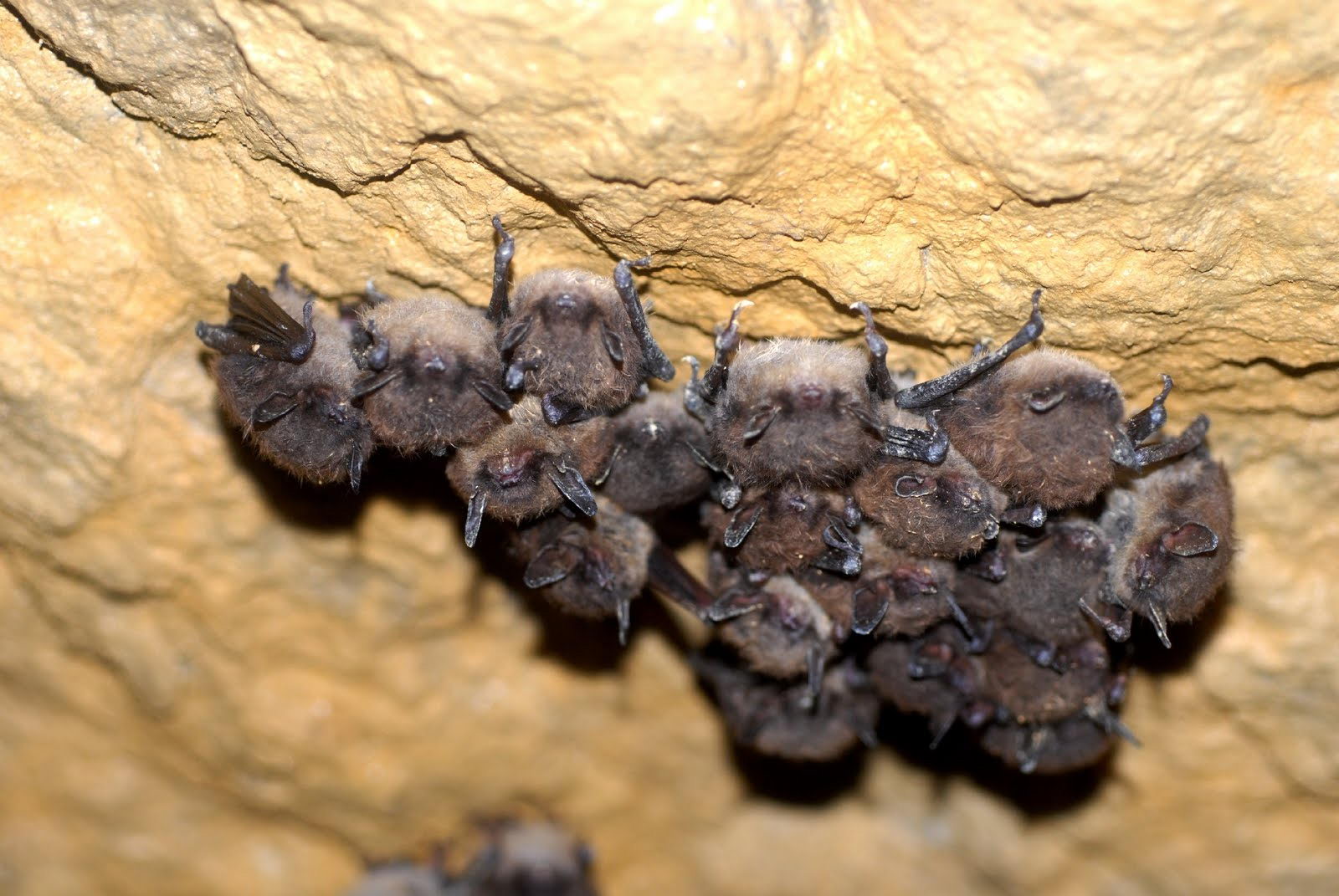How about reading some of the interesting bat facts for kids such as bats diet, habitat, distribution, echolocation, reproduction, and flying abilities. Bats are the only mammalian species that have wings and can fly.
These species belong to the order of Chiroptera. Although there are some other members under the same group that can glide through their skin membranes but are incapable to take a true and sustained flight as bats do. These other members include gliding possums, flying lemurs, flying squirrels, and colugos.
They can glide for short distances. Bats claim almost 20% of all the mammalian species worldwide, with an estimate of 1,240 species that are subdivided into Megachiroptera and Microchiroptera. More than 70% of bats are insectivorous while the rest are frugivores (fruit eaters).
The vampire bats are the only bats that primarily rely on other animals’ blood or rarely on humans. Bats are found in almost every continent of the world except in Polar Regions and they play a significant ecological role in pollinating flowers and dispersing fruits seeds.
There are numerous tropical plants that depend on bats for spreading the seeds. Besides, as many of these are insectivores, they reduce the need for pesticides. The smallest bat is the Kitti’s hog-nosed bat that measures around 29 – 34 mm (1.14 – 1.34 inches) in length, while the wingspan measuring at 15 cm (5.91 inches), and weighs up to 2 – 2.6 grams (0.07 – 0.09 oz).
The largest bat is giant golden-crowned flying fox that weighs around 1.6 kg (4 lb), together with a wingspan measuring at 1.7 meters (5 ft 7 in). Depending entirely on species, bats diet varies considerably and most of them feed on nectar, pollen, fruits, insects, frogs, lizards, and of course blood.

Interesting Bat Facts For Kids
- Bats have long been admired for their true and sustained flight unlike any other mammalian species. Besides, they fly with an accurate precision while navigating night sky and dodging predators and other obstacles. Bats are also capable to pluck flying insects during their flight and in complete darkness. Bats are blessed with a sensory ability called echolocation through they navigate and prey even at night. According to a latest research carried out by Professor of Ohio University John Zook, bats have touch-sensitive receptors embedded on their wings that allow them to adjust flight and capture prey.
- The majority of the bats are nocturnal and they remain active at twilight. Hundreds of thousands of bats tend to migrate to winter hibernation dens, with few species enter into torpor in freezing weather while others return back to their caves for hibernation that lasts for six months.
- Bats rarely fly in rain since rain hampers the echolocation making them difficult to search prey.
- Some bats are primarily solitary while others dwelling in caves colonized by more than a million bats. One may find thousands of bats roosting in caves or trees with different roostmates.
- According to a study, bats are also capable to generate various sounds to communicate with each other.
- Mega-bats are large bat species that are found in the tropical rainforests including Asia, Australia, and Africa. They are known as flying foxes. The flying fox bats display dog-like facial appearance and have larger eyes.
- Many bats are colonial and are known to reside in bat houses, human buildings, abandoned houses, dead trees, caves, rock crevices, and undersides of a bridge.
- Bats are also known to consume insects as much as 2,000 – 6,000 per night. Some species primarily feeds on fruits such as cashew, agave, mango, bananas, and balsa.
- There are certain species that are capable to fly over 50 miles per hour at around 3,000 feet above the ground in pursuit of their prey.
- Bat babies comprise 25% of an adult at birth in weight.
- The oldest bat fossil discovered predated 52 million years ago.
- The average lifespan of bats is 10 – 20 years, with some species can survive up to 30 years and the oldest bat ever lived was captured in Europe at the age of 41 years.
- The oldest bat fossil (found in Wyoming, USA) is estimated to be 52 million years old.
- While awake, the heart pumps well over 1,000 beats per minute.
- Bats are incapable to stand upright because of too small pelvic girdle. These species hang upside down almost all the time.

Vampire Bats | Bat Facts For Kids
- Vampire bats drink blood of several domesticated animals including cows, pigs, chickens, and goats.
- These bats have an anticoagulant contained in their saliva that maintains the blood-flow as long as they are licking.
- Contrary to popular belief, vampire bats do not drink human blood. These bats are very sociable animals and they drink blood equals to a single tablespoon per feeding. They are also known to feed sick or elderly bats.
Feeding Ecology and Diet
- Nearly all bats tend to prey on insects, fruits, flower nectar, blood and vertebrates. More than three-fourths of all bat species consume insects.
- These insects include both ground-dwelling as well as flying insects. Each bat is known to eat as much insects as one-third of its body.
- Thanks to these mammals otherwise insect population would have been increased to an unmanageable proportion.
- It’s because of the flight that bats have managed to disperse geographically except in extreme cold and hotter regions.
- Bats are not found in the Polar Regions including Arctic, Antarctica, and certain oceanic islands. Some of the species are also found in deserts, mountains, and even seasides.
- They typically roost in foliage, human buildings, hollows, and crevices. The United States is home to 45 – 48 species of bats.
Fast Facts for You
- Classification:
- Kingdom: Animalia
- Phylum Chordata
- Class Mammalia
- Order Chiroptera
- Suborder: Megachiroptera
- Suborder: Microchiroptera







Leave a Reply